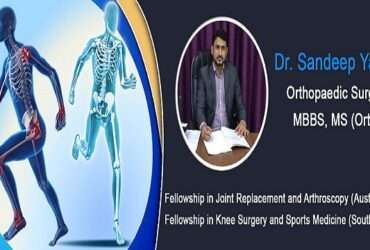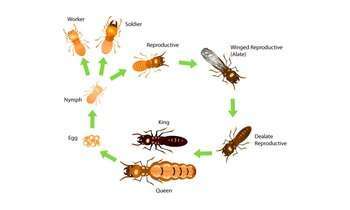Ad Details
-
Ad ID: 17268
-
Added: January 6, 2022
-
Sale Price: ₹ 999
-
Location: India
-
Views: 14
Description
Ankylosing spondylitis (AS) is a type of arthritis that mainly affects the back, by causing inflammation in the spine and sacroiliac joints (lower back). This can make your back, neck, rib cage, stiff and painful predominantly in morning or after periods of rest .
In the early stages, ankylosing spondylitis is likely to cause:
stiffness and pain in your lower back in the early morning that lasts at least 30 minutes and then eases through the day or with activity
pain that wakes you in the night
pain in one or both buttocks and sometimes the backs of the thighs
In advanced cases this inflammation can lead to fusion/linking of the spine bones (ankyloses), resulting in immobile spine. In serious case this can make the spine curve forward more. This may be prevented, if you
keep active
have effective medical treatment
try to maintain a good posture
Apart from spine, it also causes pain, stiffness, swelling, warmth in shoulders, hips, heels, ribs and small joints of the hands and feet. Other possible symptoms include: soreness at the heel (enthesitis) or in the arch of your foot, pain and swelling in a finger or toe. Sometimes the eyes may be involved (iritis or uveitis) and rarely the lungs and heart can be affected. Disease course is variable among different patients. Ankylosing spondylitis commonly affects young males (20-40yrs age). We exactly don’t know what causes ankylosing spondylitis. To some extent it may be genetically inherited, but the condition isn’t always pass from a parent to their children. The HLA-B27 gene can be detected in the blood of most (90%) patients with AS.
Here are some other types of spondyloarthritis:
Non-radiographic axial spondyloarthritis – the main symptoms are similar to ankylosing spondylitis – pain and stiffness around the spine. But their x-rays will be normal. Some people with this condition are later diagnosed with ankylosing spondylitis.
Psoriatic spondyloarthritis is a form of psoriatic arthritis that can occur in patients with skin psoariasis
Spondyloarthritis associated with inflammatory bowel disease, which is also called enteropathic arthritis. This is related to bowel conditions such as Crohn’s disease or ulcerative colitis.
Reactive arthritis is diagnosed when your arthritis is a reaction to an infection.
Enthesitis related juvenile idiopathic arthritis is the name used when children and teenagers develop inflammation in entheses, the sites where tendons and ligaments attach to bones.
Diagnosis
Symptoms of ankylosing spondylitis may be confused with other back pain causes. It’s usually diagnosed by a Rheumatologist, these are doctors who specialise in conditions affecting the joints, bones and muscles.
A diagnosis will be made based on several things, including:
Age, clinical history and physical examination
blood tests which may show inflammation like ESR, CRP
HLA B27 genetic test
x-rays or a magnetic resonance imaging (MRI) scan
Treatment:
A number of treatment modalities can slow down the disease and controls the pain and stiffness. Exercise and close attention to your posture are just as important to keep your spine mobile and help you to live a normal life. Some of the drugs below can only be prescribed by a Rheumatology consultant.
Drug treatments Painkillers and non-steroidal anti-inflammatory drugs (NSAIDs)
Painkillers like paracetamol and non-steroidal anti-inflammatory drugs (NSAIDs), are usually the first choice of treatment for ankylosing spondylitis. For people who have symptoms that can’t be controlled by anti-inflammatories, other drugs are available to help reduce pain or limit the effects of the condition.
Disease-modifying anti-rheumatic drugs (DMARDs)
Drugs such as sulfasalazine and methotrexate, can treat arthritis in your arms and legs, although they’re not usually effective for spinal symptoms. These drugs, called disease-modifying anti-rheumatic drugs (DMARDs), can reduce the amount of inflammation that happens in your body. This means that as well as treating symptoms, they can help prevent joint damage. These drugs can sometimes take several weeks or months to take effect. When they do take effect, they can make a big difference to your pain and stiffness. They’re often long-term treatments. When taking DMARDs, you’ll need regular check-ups and blood tests to monitor their effect.





Leave a Comment
Your email address will not be published. Required fields are marked. *